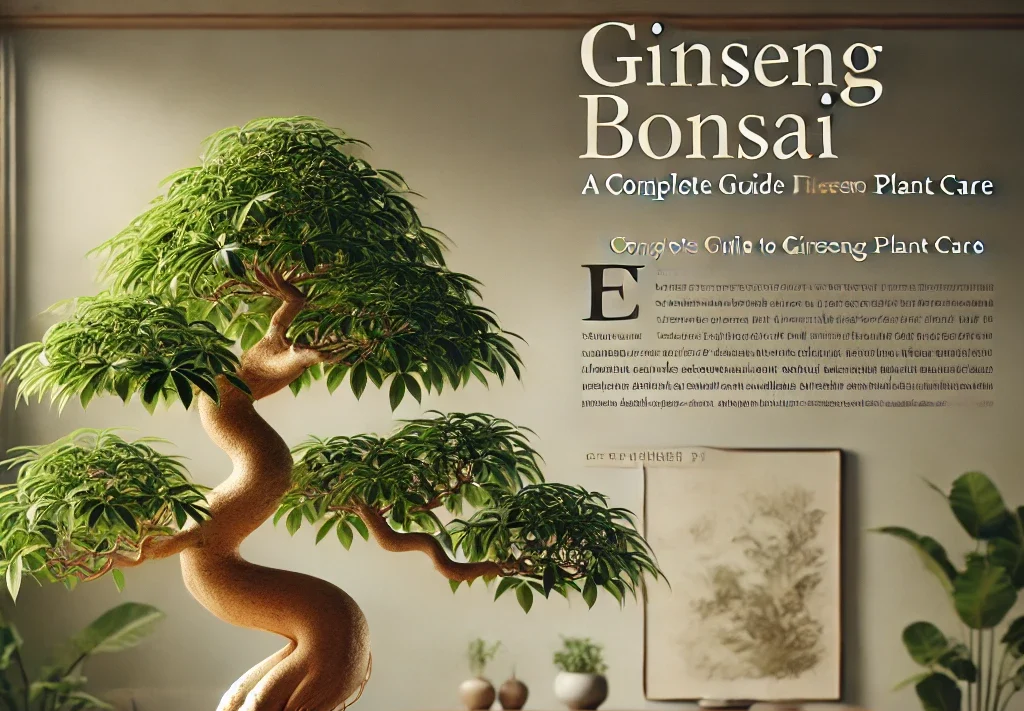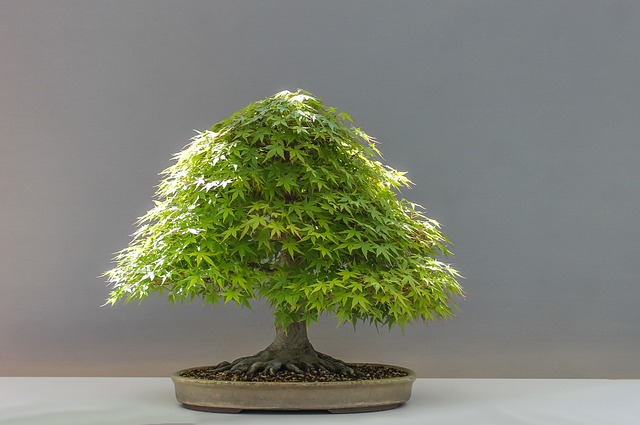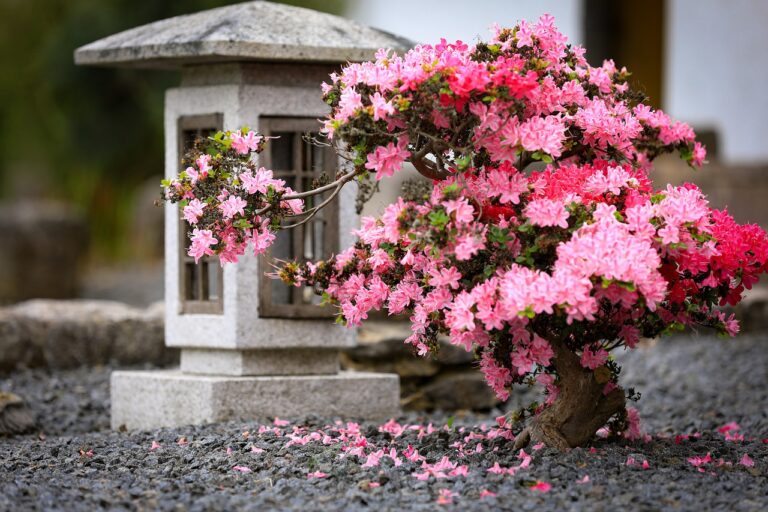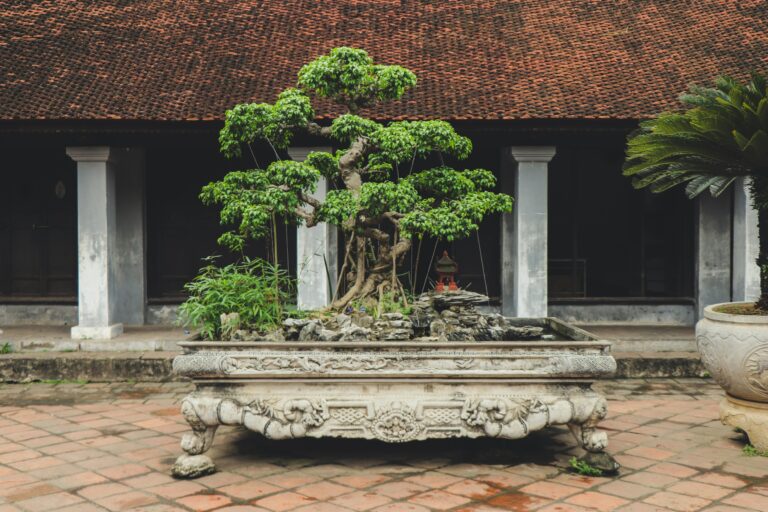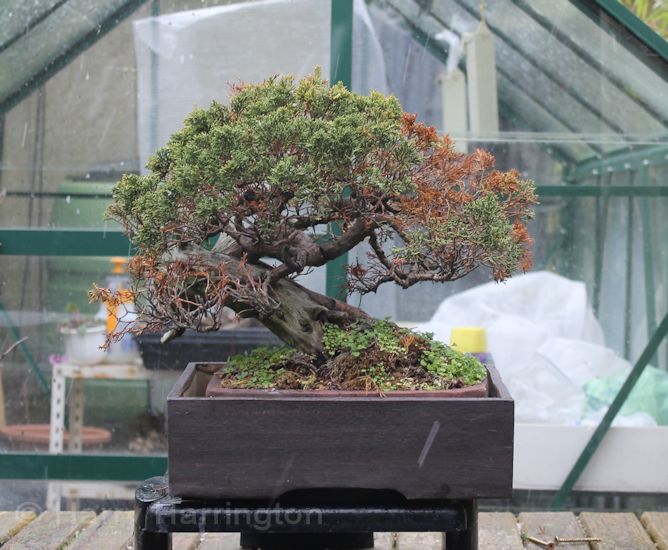“Ginseng Bonsai plant : A Complete Guide to Ficus Ginseng Plant Care”
Bonsai trees have captivated enthusiasts for centuries, offering a perfect blend of art, nature, and tranquility. Among the many bonsai varieties, the ginseng bonsai plant, also known as the ficus ginseng bonsai, stands out as a top choice for beginners and experts alike. With its thick, gnarled roots resembling ginseng and lush green foliage, it is both visually striking and relatively easy to care for. In this article, we’ll explore everything you need to know about growing, maintaining, and styling your very own ginseng bonsai.
What is a Ginseng Bonsai Plant?
The ginseng bonsai plant is a variety of the ficus family, scientifically known as Ficus microcarpa. Native to Southeast Asia, it thrives in warm, humid climates. What makes this bonsai unique is its thick, tuberous roots that rise above the soil, creating a ginseng-like appearance. These roots are paired with small, oval-shaped leaves that grow densely, forming a lush canopy.
Unlike other bonsai trees that demand extensive care and expertise, the ficus ginseng bonsai is known for its hardiness and adaptability, making it an excellent choice for beginners. It’s often called a “starter bonsai” because it’s forgiving of minor mistakes and can adapt to various indoor conditions.
Benefits of Growing a Ginseng Bonsai
Caring for a ginseng bonsai plant offers more than just aesthetic appeal. Here are some key benefits:
1. Aesthetic Appeal
The ginseng bonsai’s sculptural roots and vibrant green leaves make it a perfect addition to any home or office decor. It’s a living piece of art that brings nature indoors.
2. Stress Relief
Tending to a bonsai tree can be a meditative experience. Pruning, watering, and shaping the tree provide a sense of accomplishment and reduce stress levels.
3. Air Purification
Like many indoor plants, the ficus ginseng bonsai helps improve air quality by removing toxins and increasing oxygen levels.
4. Connection to Nature
Growing and nurturing a bonsai tree fosters a deeper appreciation for nature and its intricate beauty.
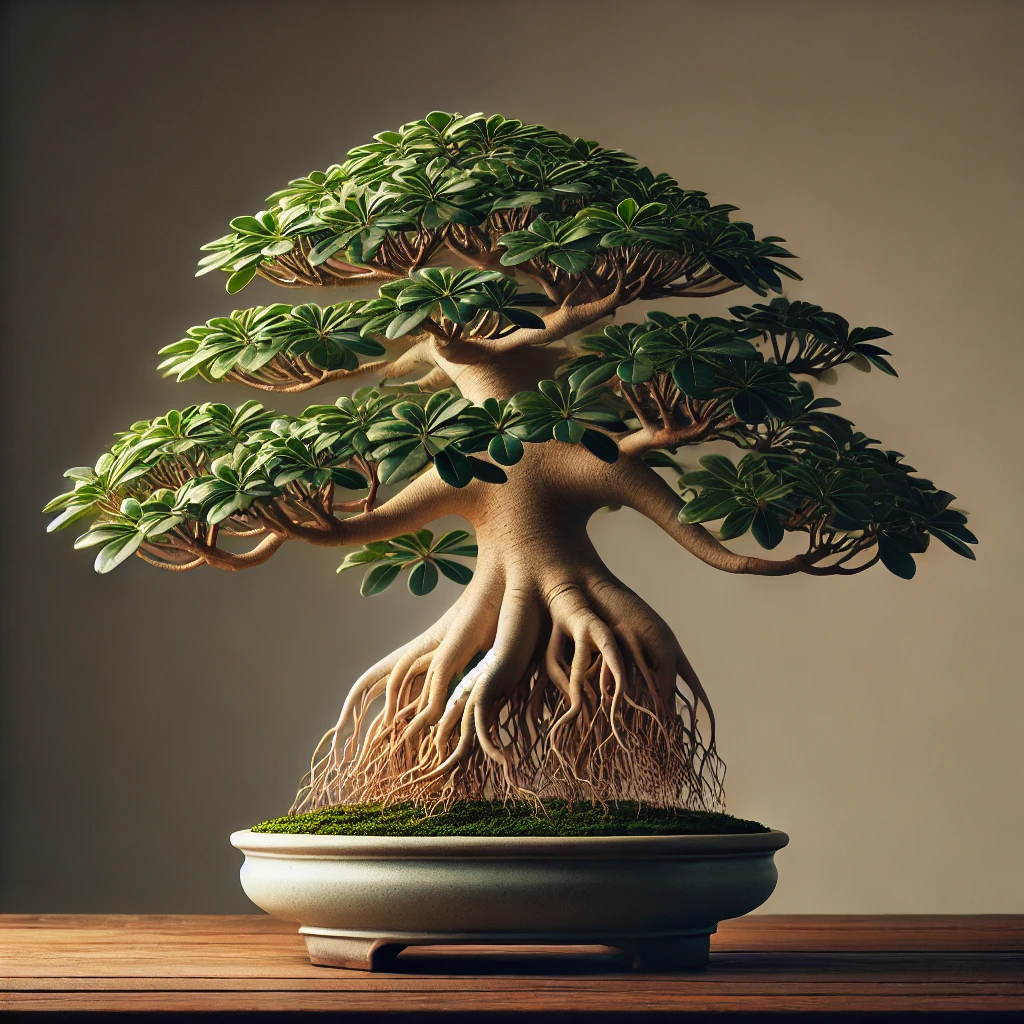
How to Choose the Right Ginseng Bonsai Plant
Selecting the right ginseng bonsai plant is crucial to ensure its long-term health and beauty. Here are some tips to guide your choice:
1. Inspect the Roots and Foliage
- Look for healthy, thick roots with no signs of rot or damage.
- Leaves should be vibrant green, free from yellowing or browning.
2. Check for Pests and Diseases
Avoid plants with visible pests, such as spider mites or aphids. Inspect the underside of leaves and the soil surface.
3. Consider the Size
Ginseng bonsai plants come in various sizes. Choose one that fits your space and aligns with your bonsai care experience.
4. Source from Reputable Sellers
Purchase your ficus ginseng bonsai from trusted nurseries or online stores with good reviews. A healthy start ensures better growth.
Ginseng Bonsai Care Guide
Proper care is essential to keep your ginseng bonsai thriving. Let’s break down the key aspects:
Lighting Needs
The ficus ginseng bonsai thrives in bright, indirect sunlight. Place it near a window with filtered light to prevent leaf burn. If natural light is limited, consider using grow lights to supplement its needs.
Watering Requirements
- Water your bonsai when the top inch of soil feels dry to the touch.
- Use room-temperature water and avoid overwatering, as this can lead to root rot.
- In summer, you may need to water more frequently, while in winter, reduce the watering schedule.
Soil and Fertilizer
- Use well-draining bonsai soil to prevent waterlogging.
- Fertilize your ginseng bonsai plant once a month during its growing season (spring and summer) with a balanced liquid fertilizer. Reduce feeding during fall and winter.
Temperature and Humidity
- The ideal temperature for a ficus ginseng bonsai is between 60°F and 75°F (15°C to 24°C).
- Maintain humidity levels by misting the leaves or placing a humidity tray beneath the pot.
Pruning and Shaping
- Regular pruning keeps your bonsai in shape. Trim back new growth to maintain its aesthetic form.
- Remove dead or yellowing leaves to promote healthy growth.
- Use bonsai wires to train branches into desired shapes, but avoid leaving them on for too long to prevent scarring.
Repotting the Ginseng Bonsai
- Repot your bonsai every 2-3 years to refresh the soil and prevent root-bound growth.
- Choose a pot with proper drainage holes and use fresh bonsai soil.
Pest and Disease Management
- Common pests include spider mites, scale, and mealybugs. Treat infestations with neem oil or insecticidal soap.
- Prevent fungal diseases by ensuring good air circulation and avoiding overwatering.
Common Mistakes to Avoid
Many beginners make avoidable mistakes when caring for their ginseng bonsai plant. Here are some to watch out for:
- Overwatering or Underwatering Improper watering is the most common issue. Always check soil moisture before watering.
- Inadequate Lighting Placing your bonsai in a poorly lit area can stunt its growth. Ensure it receives sufficient indirect light.
- Neglecting Pruning Failing to prune can lead to an overgrown, unhealthy bonsai.
Styling Ideas for Your Ginseng Bonsai
The ficus ginseng bonsai is versatile and can be styled in various traditional bonsai forms:
- Informal Upright Style (Moyogi) This style showcases the natural curves of the trunk, emphasizing the unique shape of the ginseng roots.
- Cascade Style (Kengai) Allow branches to cascade downward, mimicking the look of a tree growing on a cliffside.
- Root Over Rock Expose the roots over a decorative rock for an artistic effect.
Propagation of Ginseng Bonsai
Propagating a ficus ginseng bonsai is a rewarding process. Here’s how:
- Take a Cutting Cut a healthy branch with at least 4-6 leaves.
- Prepare the Cutting Remove the lower leaves and dip the cut end in rooting hormone.
- Plant in Soil Place the cutting in well-draining soil and keep it moist.
- Provide Proper Conditions Keep the cutting in a warm, humid environment until roots develop.
Frequently Asked Questions
1. How fast does a ginseng bonsai grow?
The ficus ginseng bonsai grows moderately fast compared to other bonsai trees, with noticeable growth during the spring and summer months.
2. Can I keep my ginseng bonsai indoors all year?
Yes, it adapts well to indoor environments as long as it receives adequate light and humidity.
3. How do I revive a dying ginseng bonsai?
Identify the problem (e.g., overwatering, pests) and take corrective measures. Prune dead branches, repot if necessary, and ensure proper care.
Conclusion
Caring for a ginseng bonsai plant is an enriching experience that combines artistry and nature. With its unique appearance and forgiving nature, the ficus ginseng bonsai is a wonderful addition to any space. By following the tips outlined in this guide, you’ll not only ensure your bonsai thrives but also enjoy the countless benefits it brings to your life.
Start your journey with a ginseng bonsai today and experience the joy of nurturing your very own miniature tree!

